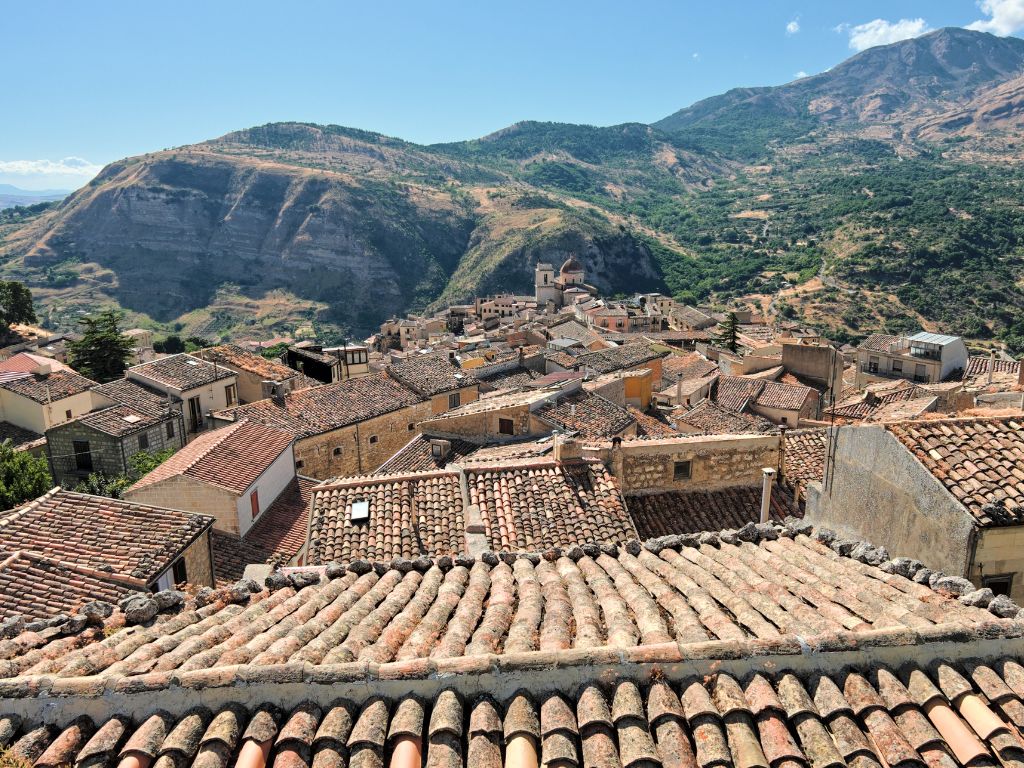The Colosseum in Rome is one of the most iconic monuments in the world, representing a timeless testament to the ancient grandeur of the Roman Empire. In this article, we will explore the history, architecture, and significance of the Colosseum, and provide you with tips on how to visit this extraordinary historical wonder.
Colosseum in Rome: A captivating historical marvel in the heart of Ancient Rome
Millennial History of the Colosseum
The Colosseum, also known as the Flavian Amphitheatre, was built between 70 and 80 AD during the reign of the emperors Vespasian and Titus. This Roman amphitheater was used for a variety of spectacles, including gladiator battles, wild animal hunts, and reenactments of naval battles. Today, the Colosseum stands as a symbol of Rome and its glorious past.
Architecture of the Colosseum
The architecture of the Colosseum is an extraordinary example of Roman engineering from its time. This imposing amphitheater, which could hold up to 50,000 spectators, is characterized by its distinctive arches and arcades. The numerous rows of seating allowed the audience to comfortably witness the performances. The precision and ingenuity of the Colosseum's architecture have stood the test of time, enchanting visitors with its magnificence.
Cultural and Historical Significance
The Colosseum played a central role in the culture and society of ancient Rome. The spectacles held within its walls were integral to Roman life, and gladiator battles were a beloved form of entertainment. Beyond its role as a spectacle, the Colosseum was also a symbol of the power and grandeur of the Roman Empire, leaving a lasting mark on human history.
Gladiators and Arena Combat
Gladiators were trained warriors who engaged in combat within the Colosseum's arena to entertain the Roman audience. These battles were popular spectacles that drew large crowds. Gladiators came from various social backgrounds, including slaves, prisoners of war, and even free men seeking fortune and glory. While these battles were often bloody and brutal, gladiators were admired as heroes, and their stories influenced art, literature, and culture of the time.
Gladiators held a unique position in Roman society. Despite being considered slaves or captives, some gladiators enjoyed fame and fortune. Their feats in the arena were followed fervently by the public, and their victories or defeats impacted the reputation and glory of their ludus (gladiator training school). Some gladiators even managed to earn their freedom through success in combat.
Exploring Inside the Colosseum
Inside the Colosseum, visitors can explore various areas that offer a detailed view of the ancient Roman amphitheater. Here's what you can visit inside the Colosseum:
- Arena: The central part of the Colosseum was the arena, where gladiator battles and other performances took place. Today, the arena has been reopened to the public, allowing visitors to walk in the same space where gladiators once challenged each other. This is a unique opportunity to experience the atmosphere of ancient Rome.
- Seating Area: The Colosseum's seating area provided seats for the audience attending the spectacles. You can climb the seating area and enjoy a panoramic view of the amphitheater. Imagine the thousands of people who gathered here to witness battles and other events.
- Underground Chambers: The Colosseum's underground chambers were the areas beneath the arena where gladiators and animals awaited their turn to fight. Today, you can visit these areas and see the gladiators' cells and the corridors leading to the main arena. This part of the tour offers a fascinating behind-the-scenes look at the battles of ancient Rome.
- Museum and Exhibits: Inside the Colosseum, there is a museum displaying archaeological artifacts and interactive exhibits that tell the history and significance of the amphitheater. You can learn more about the construction of the Colosseum, the lives of gladiators, and the Roman culture of the time.
- Panoramic Views: By ascending to the higher levels of the Colosseum, you can enjoy spectacular panoramic views of Rome. Admire the Colosseum itself and take in the view of the surrounding eternal city.
Keep in mind that some areas of the Colosseum might be subject to restrictions or closures for conservation or maintenance reasons. It's always advisable to inquire in advance about current conditions and rules for visiting the Colosseum.
Tips for Visiting the Colosseum
To make the most of your visit to the Colosseum, follow these helpful tips:
- Book Tickets in Advance: The Colosseum is one of Rome's most popular attractions, so be sure to book tickets in advance to avoid long queues.
- Tour Guide or Audio Guide: Consider the option of a tour guide or an audio guide to get in-depth information about the architecture and history of the Colosseum during your visit.
- Explore the Surroundings: After visiting the Colosseum, take the opportunity to explore the surroundings, such as the Roman Forum and the Palatine Hill, to complete your immersion experience in ancient Rome.
- Visiting Hours: Check the opening hours of the Colosseum and plan your visit to fully enjoy the experience without rushing.
Conclusion
The Colosseum in Rome is a timeless symbol of the ancient grandeur of the Roman Empire and offers a fascinating experience for visitors from around the world. Its millennia-old history, magnificent architecture, and cultural significance make it an essential stop for anyone visiting Rome. Plan your visit in advance and prepare to immerse yourself in an unforgettable journey into the glorious past of ancient Rome.


























